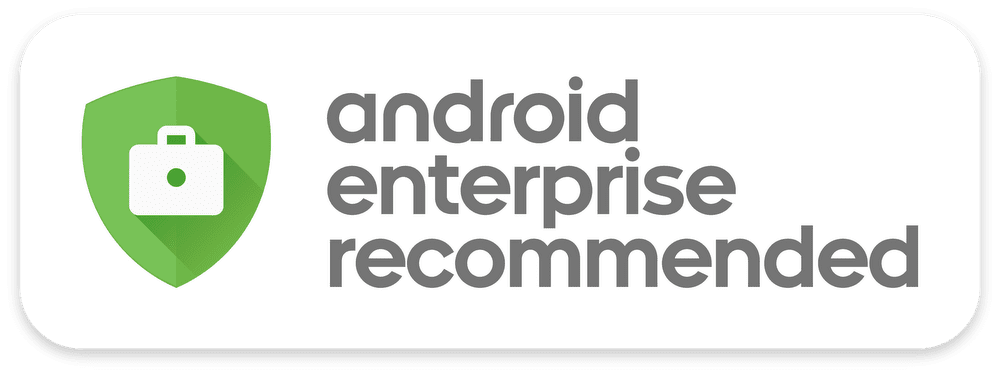
Last month, Google announced the Android Enterprise Recommended program, highlights the best Android phones, in Google’s opinion, for people in the business/enterprise space.
The program launched with 22 devices from a variety of manufacturers, with Google stating that more devices will be added over time.
The Nokia 8 was the only phone from HMD Global that was part of Android Enterprise Recommended, but now it’s being joined by the Nokia 8 Sirocco, Nokia 7 Plus, and Nokia 6.
All three of these new phones were recently announced at MWC 2018, and their addition to Android Enterprise Recommended really shouldn’t come as much of a surprise.
As the name implies, Android Enterprise Recommended program is designed to point enterprise IT departments at devices that Google has deemed to be enterprise-ready. This involves a number of criteria, including minimum hardware specifications for Android 7.0 + devices, support for bulk deployment and managed profiles and devices for a consistent application experience across deployed devices.
To be Android Enterprise Recommended, a handset has to adhere to a strict set of rules.
It must run Android 7.0 Nougat or later, offer zero-touch enrollment with bulk deployment to employees, get the latest security patches within 90 days of their release for a minimum of three years, be available unlocked, and offer a consistent app experience in managed profiles and on managed devices.
Furthermore, it must come with a minimum of 2GB of RAM and 32GB of storage, a 1.4 GHz processor, 8+ hours of active battery life, a 10 MP main camera and 2 MP selfie shooter, and be updated to at least one major new Android version.
The list includes all of the minimum app and hardware specifications required to be included in the program.
The program also requires that within 90 days of Google releasing them manufacturers make security updates available for at least three years. Ninety days feels a bit long if there is a serious vulnerability in the wild, but Google indicated this was not a fixed list and the company would update the requirements as needed over time.


